Here’s a shortcut to achieve a desirable future for your business
Businesses are being asked from all fronts - clients, employees, stakeholders and policymakers - to propose a new industrial model that is more desirable, more daring and more respectful towards the environment and social well-being. This is, by no means, a simple task, because of two main obstacles.
What is preventing you from creating a desirable future?
The first obstacle in creating a desirable future is the fixation on the current business values, which will no longer be relevant to future clients and stakeholders in a near future. Many industry leaders still spend millions each year to stay ahead of the curve, despite the strong signals showing that the market is, however, shifting to another curve.
What constitutes this new curve, then? In a previous article, we have provided a 6-value model, listing six new values of tomorrow that could make a brand more desirable: from brand name to intrinsic values, from client-first to people and planet-first, from rapidity to proximity, etc. To help them envision a truly desirable future, we suggest that leaders examine these new values and choose the ones that make the most sense to them personally and to their business.
The second obstacle is what we call “the invisible wall of optimisation”, in which the effort of optimising a faulty existing system will become more and more costly with a result that becomes less and less significant.
The graph shows the case of Safran Helicopter Engines in 2013. The red curve is their optimisation effort in order to reduce the environmental impact of their engine, while the red triangles are the objectives fixed by European regulations. It was clear that the company cannot keep on optimising its existing models. The company’s leaders, therefore, decided to reinvent their products, by redesigning the engine and also parts of the helicopter itself, in order to reach a 50% reduction in fuel consumption.
This “invisible wall of optimisation” applies also to the industrial system as a whole. It is futile to try to change the current industrial machine whose focal point is solely put on productivity and profitability. This design default leaves no space left for the new desirable values. Therefore, businesses must opt for Reinvention in order to create a desirable future based on new values. This is an effort to reimagine, redesign and build new systems by eliminating the obsession with productivity and profitability, while introducing more desirable values, ones that are more respectful, less energy and resource-demanding and more humane.
And yet, not all Reinvention efforts are “born” equal. Some will bring exponentially superior results to others.
A shortcut to your desirable future: aiming at a 10X result
In a previous article, we have explained different types of reinvention - product, process and business model. We concluded by saying that the reinvention of the business model is by far the most powerful lever in order to reach meaningful environmental and social objectives. All thanks to the systemic transformations across the whole value chain.
But that was in terms of expected results. What about effort? What if to realise a business model reinvention, business leaders will have to spend hundreds of millions of dollars of investments, along with decades of R&D and marketing tests in comparison to other levers?
Here are two good news: first, businesses have already spent hundreds of millions of dollars, spent decades of R&D and marketing tests for way less; and two, the level of desirability that we can achieve is not directly proportional to the level of effort that we have to spend.
To reach the 10X level of desirability does not mean that companies will have to spend a 10X effort. Danone can spend millions of dollars, years of R&D and marketing to reduce the amount of raw material for single-use plastic packaging (optimisation) for their yogurt products. Or they can spend the same in order to find out the perfect biodegradable replacement for single-use plastic packaging (partial product reinvention) to reach a 2X level of desirability.
Or they can focus their efforts on creating a 10X more desirable vision: creating yogurt products that are based on seasonal fruits and local milk sourcing, which will be distributed and sold locally. Hence without single-use packaging (business model and supply chain reinvention). The product, the process and the supply chain, in this case, will not stay the same, which indicates a massive shift in Danone’s historical models to reach a new level of desirability.
This focus on creating the 10X level of desirability will create transformational results, yet will not demand a much more colossal effort in comparison to other pathways. In addition, not diverging efforts will save time and energy in order to reach the desired goal faster. This applies to individual endeavours as we know them, and also to collective ones such as a company’s vision of a truly desirable future.
Conclusion
Once the decision on a Reinvention path is made, the question that needs to be asked is not how to adapt the current business machine to reach a desirable future. It is easy to fall back on the optimisation fallacies, with reasoning based on the constraints of the current system.
The good question, instead, should be how to create a new organisation and mechanism that would allow the development and acceleration of a desirable future. Asking this right question will help business leaders to build the right team capable of such a task and find the right resources to foster the introduction of a truly desirable business vision.


